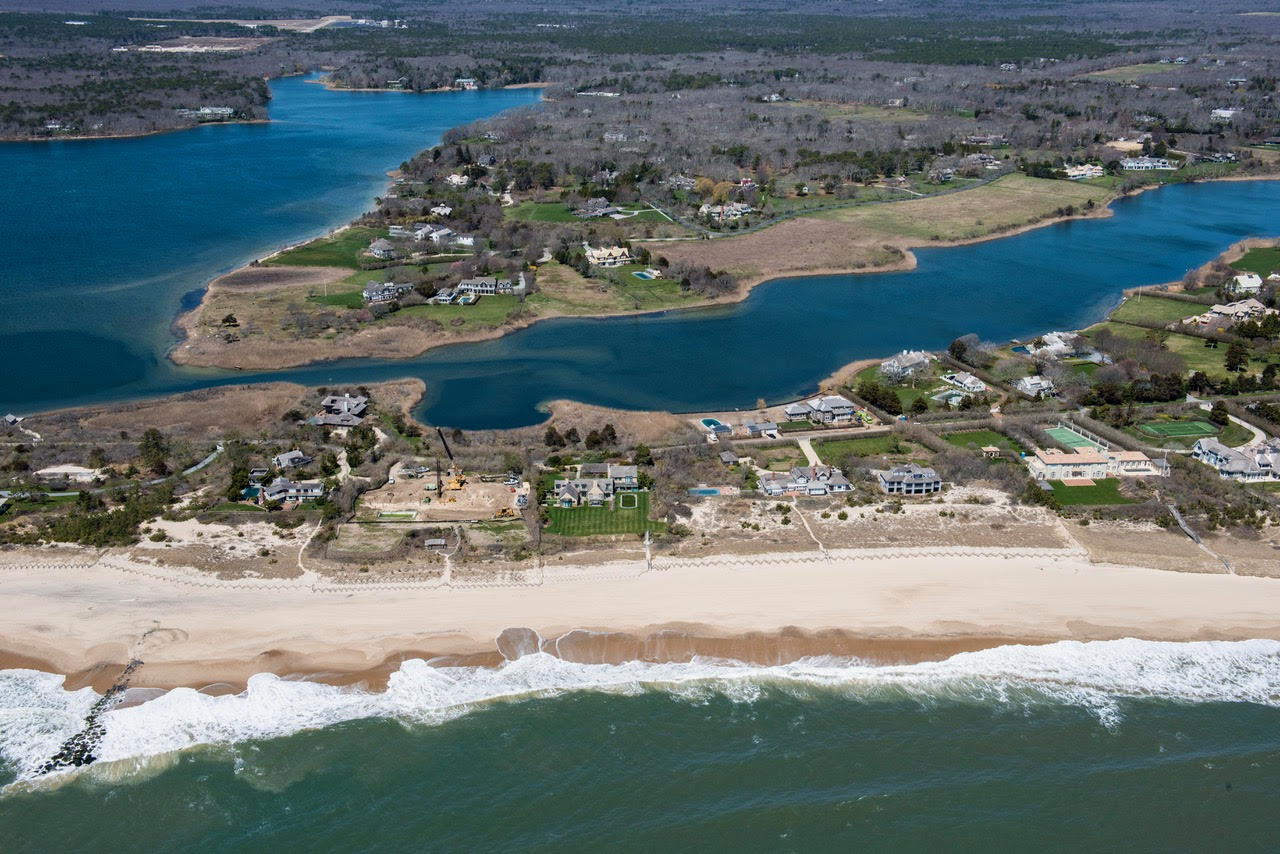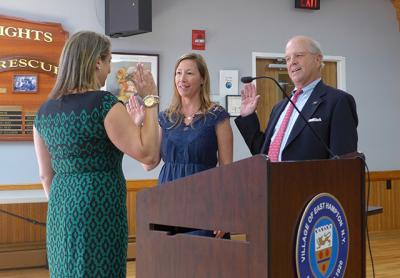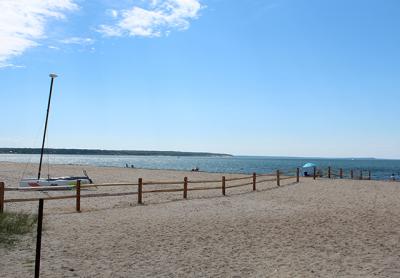The Coastline at Georgica
The Coastline at Georgica

These images were taken in 1964 before the days of Google Maps, satellite imagery, and drones. The photographer, James Reutershan, took them from a plane following the ocean coastline near Georgica Pond. Wainscott Pond is visible in the front of the east view.
James Reutershan was an East Hampton Town trustee who championed local conservation and preservation, and his interests coincided with those of Juan Terry Trippe, whose house was on the ocean at Georgica.
Known as the founder of Pan American Airlines, Mr. Trippe was one of the first to try to harness aviation for commercial passengers. He bought his house in East Hampton in 1935 and was there when it filled with surging floodwaters during the Hurricane of 1938. Recalling these memories, Mr. Trippe advocated plans to protect the shoreline near Georgica as part of broader Army Corps of Engineers plans for coastal erosion in Suffolk County. Mr. Trippe’s quiet outreach eventually resulted in a pair of short barrier walls, or groins, being installed near his property in 1965. These two photographs of the coastline were taken just before the addition of the groins. Mr. Trippe hoped to have a third groin built at Georgica Pond, along with a drainage pipe to allow the pond to be flushed.
While he made calls trying to protect Georgica’s coastline, James Reutershan publicly argued for environmental protections and conservation efforts throughout East Hampton. In addition to these photographs, Mr. Reutershan spent March of 1967 compiling a photographic chronicle of the erosion from the ground near the Trippe property on Georgica Pond.
Those photographs of erosion near Georgica Pond are part of the materials donated by Mr. Reutershan’s family to the Long Island Collection in 2001. Mr. Reutershan’s environmental efforts were cut short with his early death, in 1971. Over 50 years later, concerns with erosion along East Hampton’s coastline remain current, with the photographs providing a different type of documentation for researchers.
—
Andrea Meyer is the Long Island Collection librarian and archivist at the East Hampton Library.




